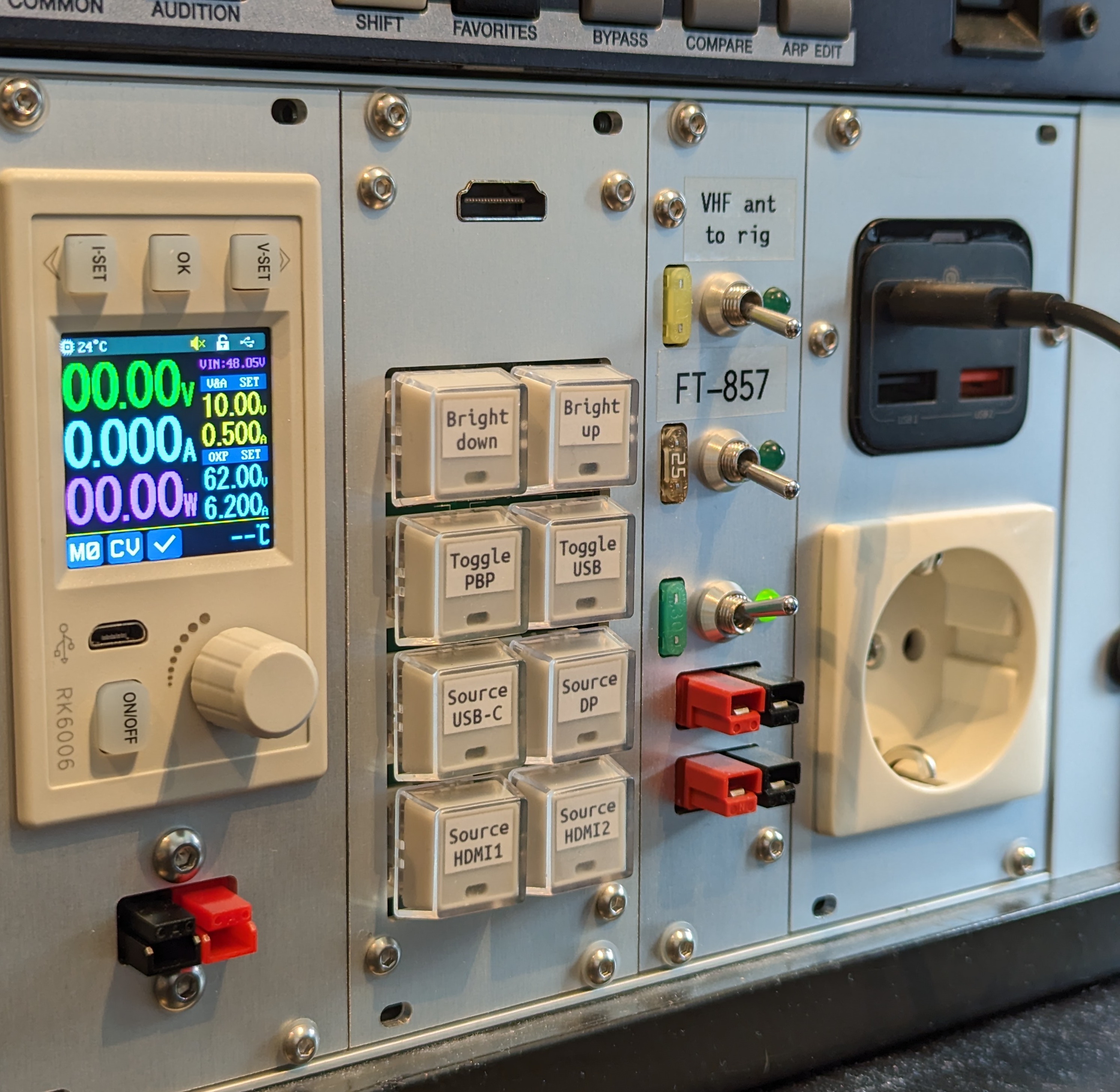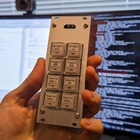
HDMI DDC keypad for simple control of Dell monitor
The problem
About a year ago I bought a Dell U3421WE monitor. One of the main reasons I bought it is because it has a built in KVM switch, and even picture-by-picture support to allow two different sources/computers to be displayed at the same time. I'm generally happy with the monitor, but I've almost never used some of the features I bought it for - simply because there's so much fiddling required with a tiny joystick. In search for a different way to control the monitor, I tried ddcutil, but it didn't really work for me in this case (I use ddcutil for other purposes, and don't get me wrong; it's a great tool). First I tried to keep it installed on all the computers I use (because they share the same keyboard), which was not achivable because not all sources run Linux and they might be under setup etc. I also tried to keep it installed on one computer with a dedicated keypad that was directly connected to the computer (not behind the USB switch in the monitor), but then I had to make sure that computer was always connected and running. Again, I wanted something that would always work, independent of what computers I were currently using.The solution
Being a fan of rackmounting everything, I wanted to make a standalone microcontroller based rack mount device with proper mechanical keyboard buttons to enable single keypress control of these features:
- Adjusting brightness up and down in reasonable steps (not 1 % steps like the monitor does)
- Toggle picture-by-picture mode
- While in PBP mode, being able to toggle USB (keyboard and mouse) from left to right monitor
- Change source (USB-C, DP, HDMI1 and HDMI2)
As my monitor only has four inputs, I didn't want to "waste" one of the four ports just for control, so I needed a HDMI "thru" port on the device. This actually turned out really handy, as now I can very easily connect a computer temporarily to my monitor without fiddling with the ports on the back side of the monitor.
Parts (the most significant ones):
- Keycaps with transparent lid (the LED slot was CNC machined by me)
- Microcontroller: PIC18F26K80 (I planned for a CAN interface, which explains the -80 part)
- Through hole USB-C connector
- HDMI connector (the tallest I found, so the height matches the keys better)
- CNC routed front panel from 2.5 mm anodized 5005 aluminium
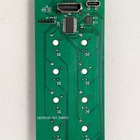
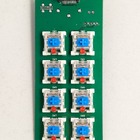
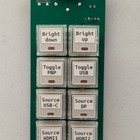
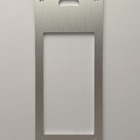
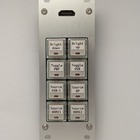
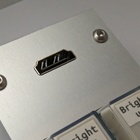
And, finally mounted in rack:
